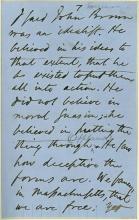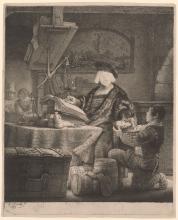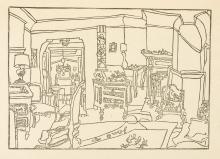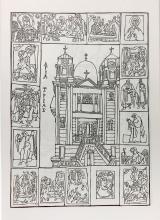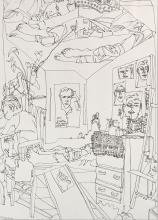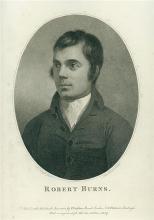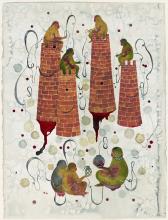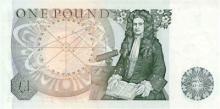Ralph Waldo Emerson praises abolitionist John Brown
Submitted by Carolyn Vega on Thu, 02/17/2011 - 11:00amDuring the trial for his involvement in the raid on Harpers Ferry, abolitionist John Brown declared: "If it is deemed necessary that I should forfeit my life for the furtherance of the ends of justice and mingle my blood with the blood of millions in this slave country whose rights are disregarded by wicked, cruel, and unjust enactments, I say let it be done." The October 16th raid had been a failure -- no slaves were freed and fully half of his men died -- and, after only forty-five minutes of deliberation, John Brown was sentenced to die by the gallows on December 2, 1859.

